Non-Ferrous

In metallurgy, a non-ferrous metal is a metal, including alloys, that does not contain iron in appreciable amounts. Generally more costly than ferrous metals are used because of desirable properties such as low weight, higher conductivity, non-magnetic property or resistance to corrosion.
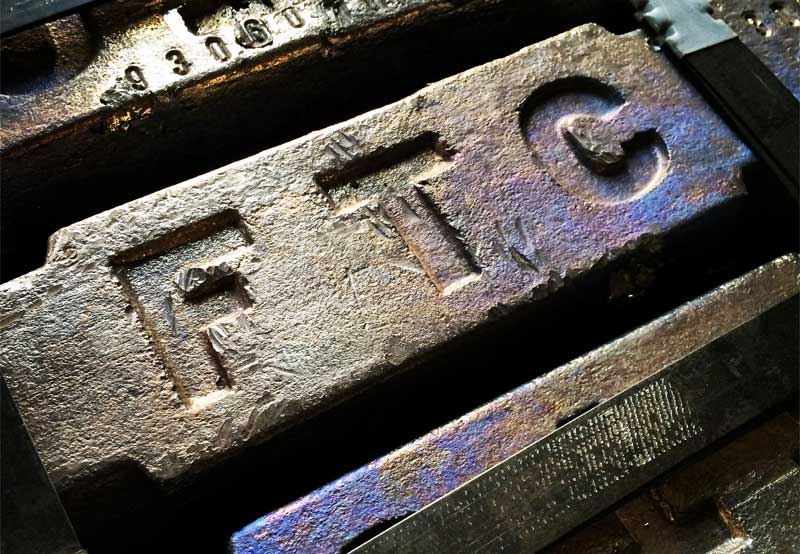
Prime quality, according to LME standards
Our FTC manufacturing brand is a high quality known lead product which is been sold to prime battery manufacturers around the globe like Turkey, Indonesia. we offer lead, zinc, aluminum and copper to market in non-ferrous devision.
Product Classification/Uses
There are millions of cars and other vehicles around the planet to use batteries, these batteries are being produced by lead.
For high speed electricity movement, manufacturers use copper in cabling and residence is known for long years.
Cars in engine and balance control are using lead and zinc to enhance efficiency and long-life to produce a lasting vehicle.
High density in high temperature need strong and light metal, Aluminum is being used in airplanes and space organisations.
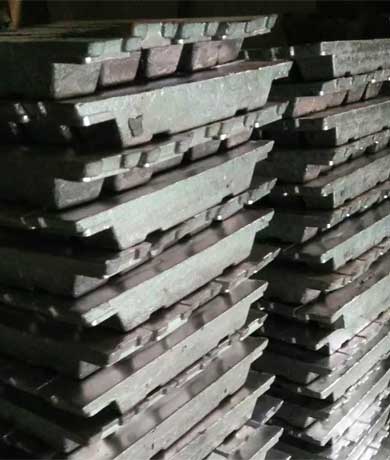
Lead
Lead (Pb) is a primary element of the Carbon group, which is soft and malleable in nature and ductile with high density. It can easily react with organic metals.
Read More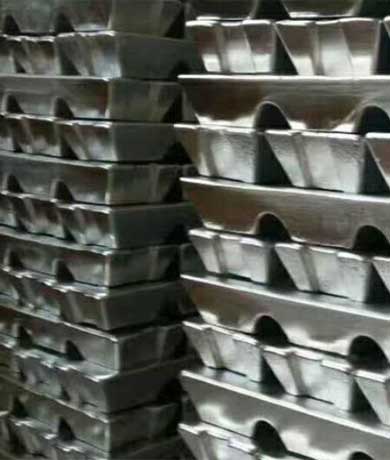
Zinc
Zinc (Zn) is an important metallic chemical element in commerce and industry. It is a moderately reactive metal and strong reducing agent.
Read More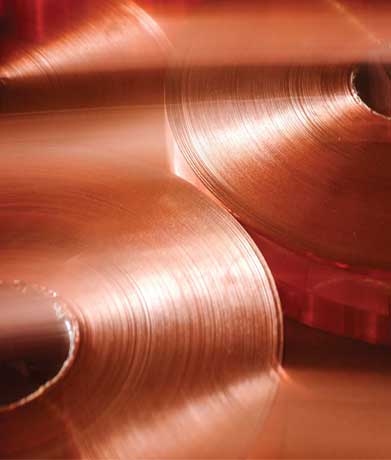
Copper
Copper is a chemical element with symbol Cu and atomic number 29. It is a soft, malleable, and ductile metal with very high thermal and electrical conductivity. A freshly exposed surface of pure copper has a pinkish-orange color.
Request Quote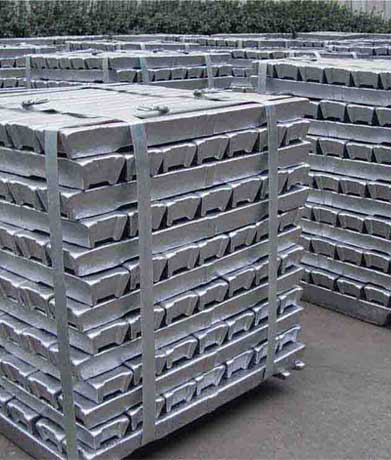
Aluminum
Aluminium or aluminum is a chemical element with symbol Al and atomic number 13. It is a silvery-white, soft, nonmagnetic and ductile metal in the boron group.
Request Quote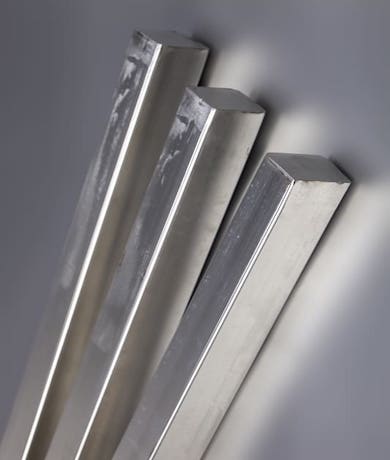
Tin
Tin is a chemical element with the symbol Sn and atomic number 50. Tin is a silvery metal that characteristically has a faint yellow hue. Tin is soft enough to be cut with little force.
Read More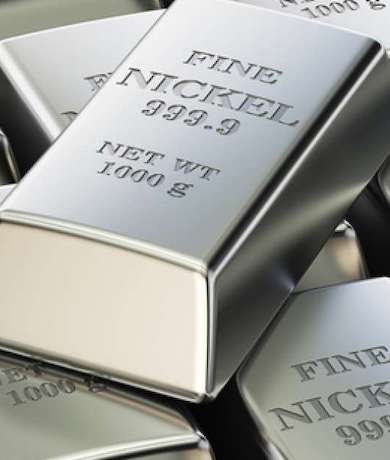
Nickel
Nickel is a chemical element with the symbol Ni and atomic number 28. It is a silvery-white lustrous metal with a slight golden tinge. Nickel belongs to the transition metals and is hard and ductile.
Read More